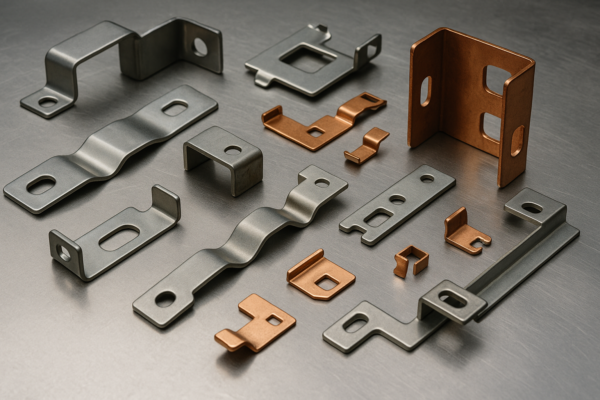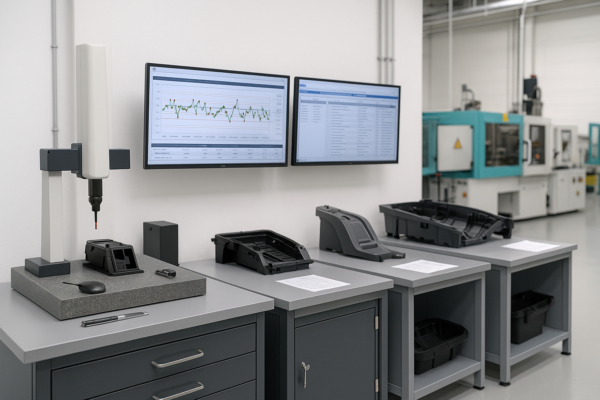What are the four types of sheet metal working?
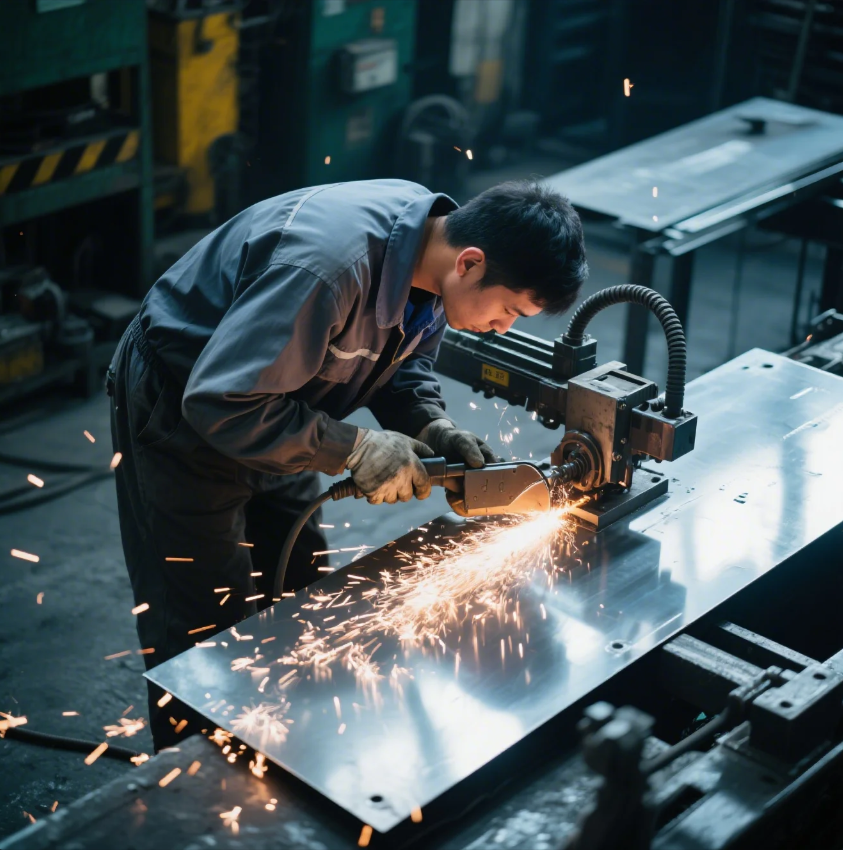
Sheet metal working is divided into four main types, each critical for shaping and assembling parts.
The four main types of sheet metal working are cutting, bending, drawing, and assembling.
Stay with me. I will break down each type clearly and show you how Prime ensures excellence in every process.
What are the 5 sheet metal operations?

Sheet metal operations combine different processes to shape, cut, and form metal into usable products.
The five key sheet metal operations are shearing, punching, bending, drawing, and embossing.
Understanding Basic Operations
Sheet metal fabrication starts with cutting and forming. Here’s a basic table showing the five operations:
| Operation | Purpose | Example |
|---|---|---|
| Shearing | Cutting straight lines | Guillotine cutting sheet panels |
| Punching | Making holes | Punch press for ventilation panels |
| Bending | Forming angles or curves | Press brake forming a bracket |
| Drawing | Stretching metal into a shape | Sink or cup manufacturing |
| Embossing | Creating raised or recessed designs | Decorative patterns on panels |
Prime’s Expertise in These Operations
At Prime, our "custom stamping parts supplier" team masters all five operations. We use high-precision machines that guarantee consistent results, no matter the production scale.
I once supervised a large punching project for an automotive client. The tolerances were tight, and each hole had to align perfectly. Our investment in CNC turret presses ensured we met the requirement without delays.
What is the 6 most common types of metal working?
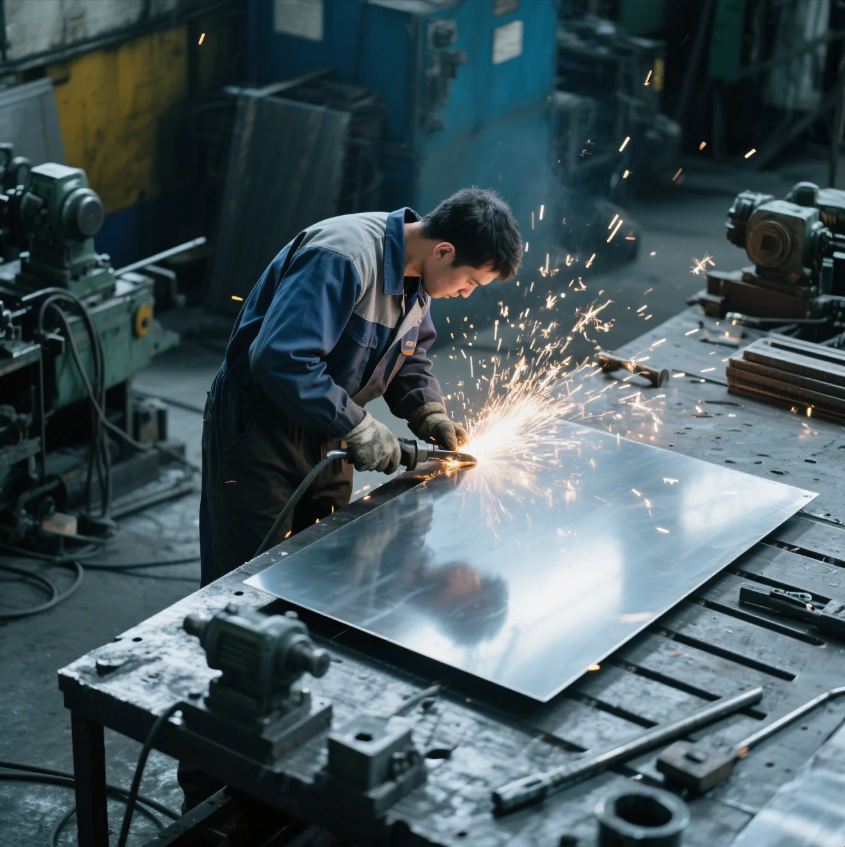
Metal working goes beyond sheet metal. It includes many ways to manipulate metal for different industries.
The six most common types of metal working are cutting, forming, casting, welding, machining, and forging.
Expanded View of Metal Working Types
Here’s how metal working fits into broader manufacturing:
| Type | Description | Example |
|---|---|---|
| Cutting | Separating metal into pieces | Laser cutting panels |
| Forming | Shaping metal without removing material | Bending sheet corners |
| Casting | Pouring molten metal into molds | Engine block production |
| Welding | Joining metals together | Frame welding |
| Machining | Removing material precisely | CNC milling |
| Forging | Shaping metal by compression | Hammering parts for strength |
Prime’s Full-Service Metal Processing
We are not just a "precision CNC parts machining" provider. Prime also offers high-quality "ISO certified casting parts manufacturer" services. Our in-house capabilities cover almost all six major metal working methods. This allows us to offer true one-stop solutions.
I remember a client needing both casting and machining for a project. Thanks to our integrated production lines, we delivered the complete order three weeks faster than their previous supplier.
What are the three major categories of sheet metal processes?
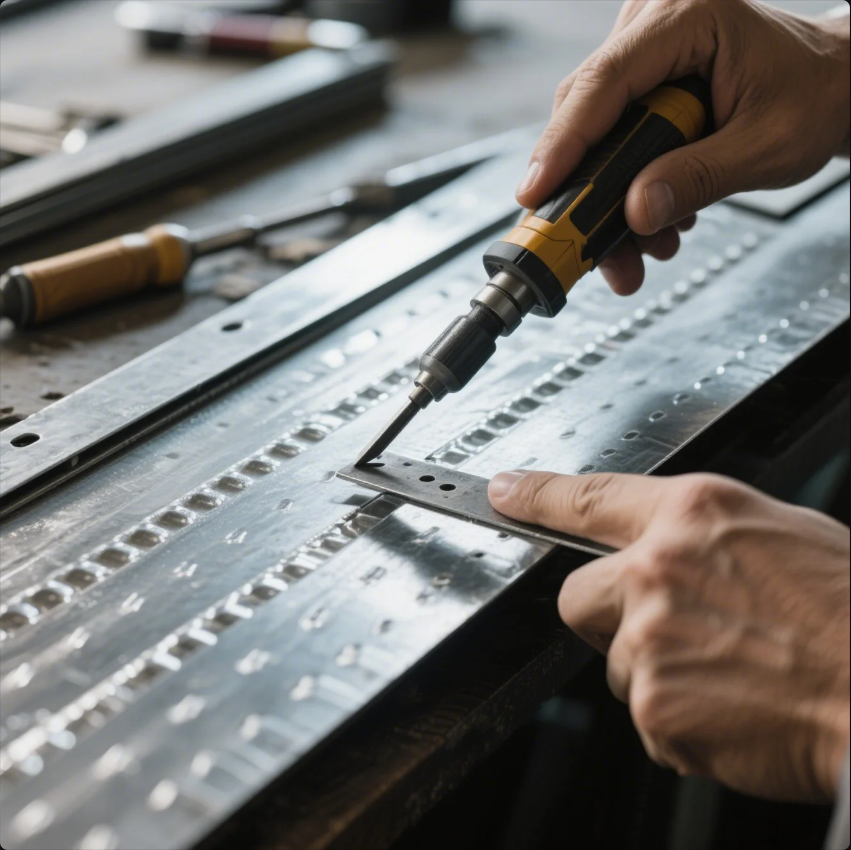
Sheet metal processes fall into three main categories depending on how they change the material.
The three major categories of sheet metal processes are cutting, forming, and joining.
Grouping the Processes
Each step in metal fabrication belongs to one of these categories:
| Category | Description | Example |
|---|---|---|
| Cutting | Splitting sheets into pieces | Laser, plasma, shearing |
| Forming | Bending or stretching metal | Press brake bending |
| Joining | Attaching pieces together | Welding, riveting |
Why This Matters for Quality
Good manufacturers understand these categories deeply. Mixing the wrong processes leads to poor fits or structural weaknesses.
At Prime, when we design "custom stamping parts," we start by planning each operation category carefully. This prevents extra costs and ensures faster delivery.
I always remind new engineers: “Cut clean, form precise, join strong.” It sounds simple, but mastering these basics is the secret to lasting quality.
What are the two main groups of sheet metal?
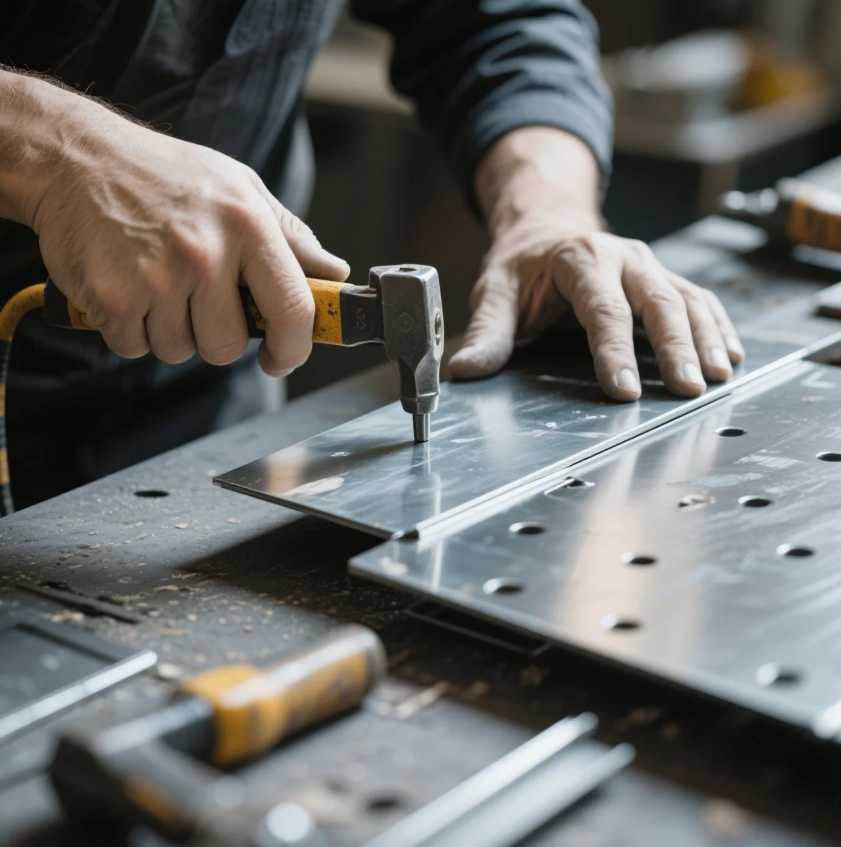
Sheet metal is classified mainly by material type and thickness, affecting how it is worked and finished.
The two main groups of sheet metal are ferrous metals and non-ferrous metals.
How Materials Are Divided
Here’s how we usually group sheet metals:
| Group | Description | Examples |
|---|---|---|
| Ferrous Metals | Contain iron, usually magnetic | Mild steel, stainless steel |
| Non-Ferrous Metals | Do not contain iron | Aluminum, copper, brass |
Choosing the Right Group
Ferrous metals are strong and usually cost less. Non-ferrous metals are lighter, corrosion-resistant, and easier to form.
At Prime, we help customers choose wisely based on their projects. For example, if a client needs parts for outdoor use, we often recommend aluminum or stainless steel to prevent rust.
One client wanted cheaper mild steel, but after discussing their humid environment, we suggested stainless steel instead. It saved them from costly replacements just a year later.
Conclusion
Sheet metal working involves mastering different types, categories, and materials. Prime is your trusted partner for custom, ISO-certified solutions with fast delivery and top-notch quality.
———

